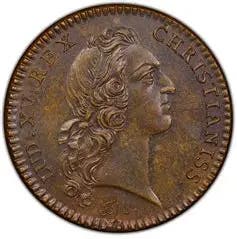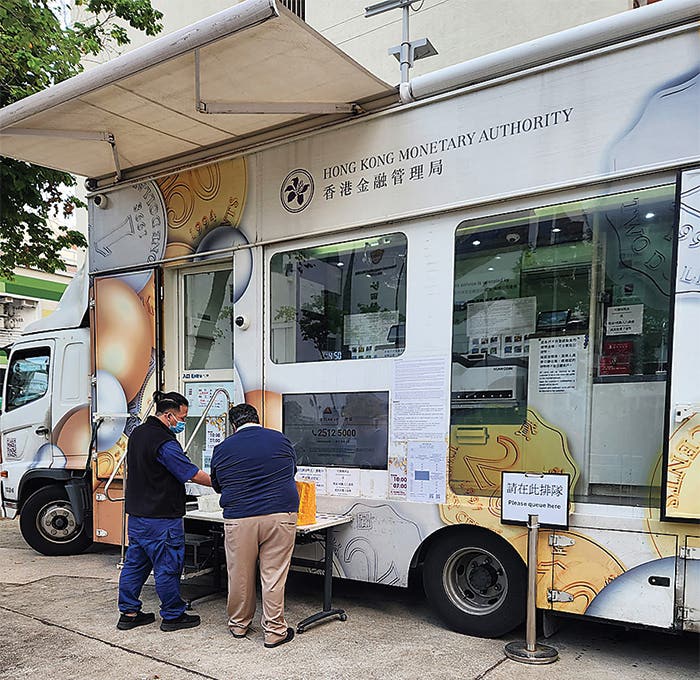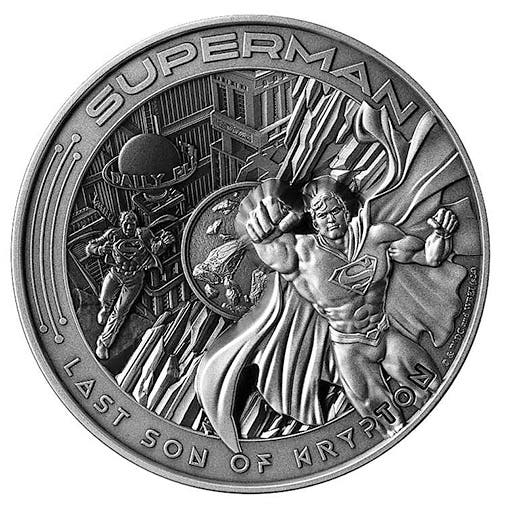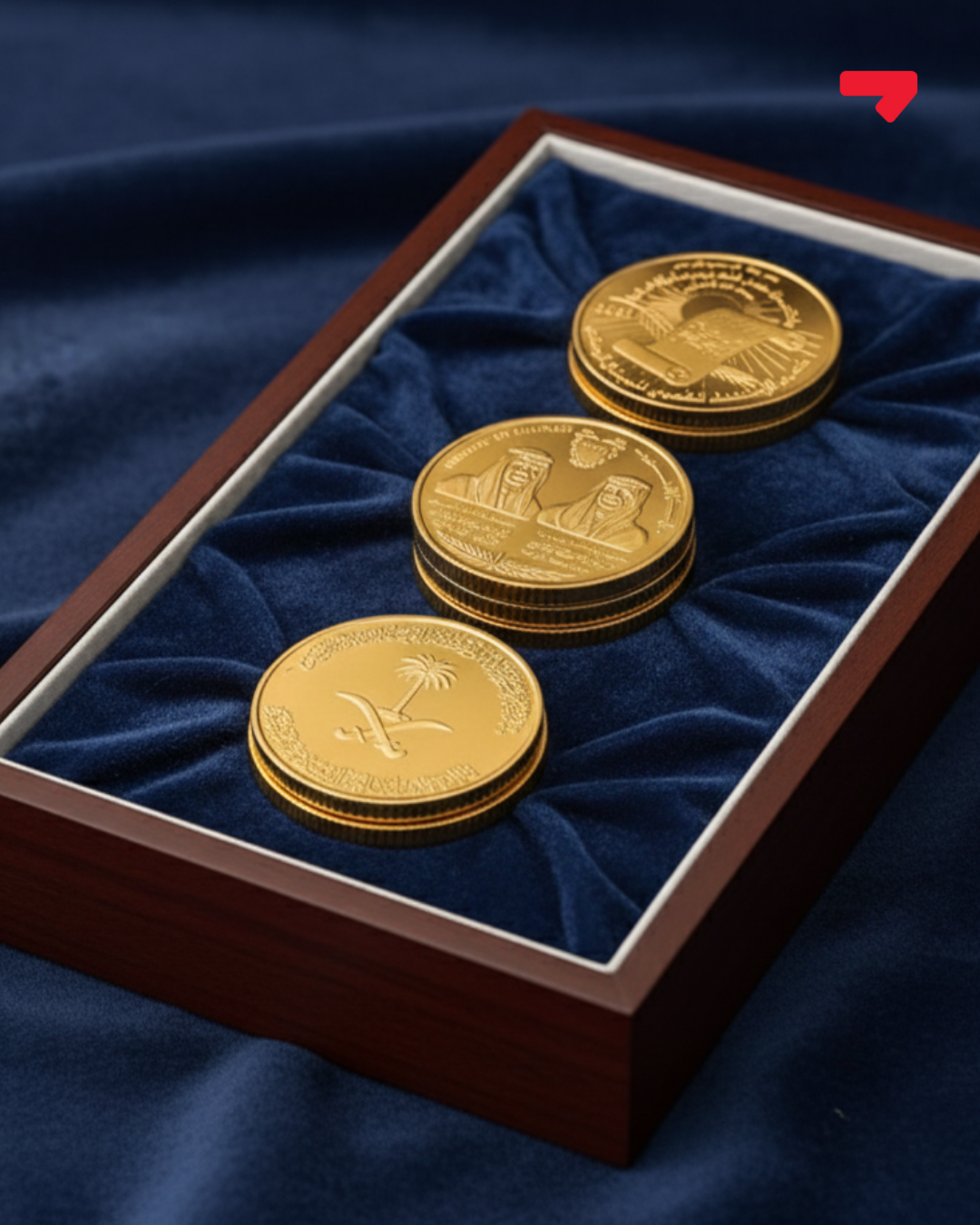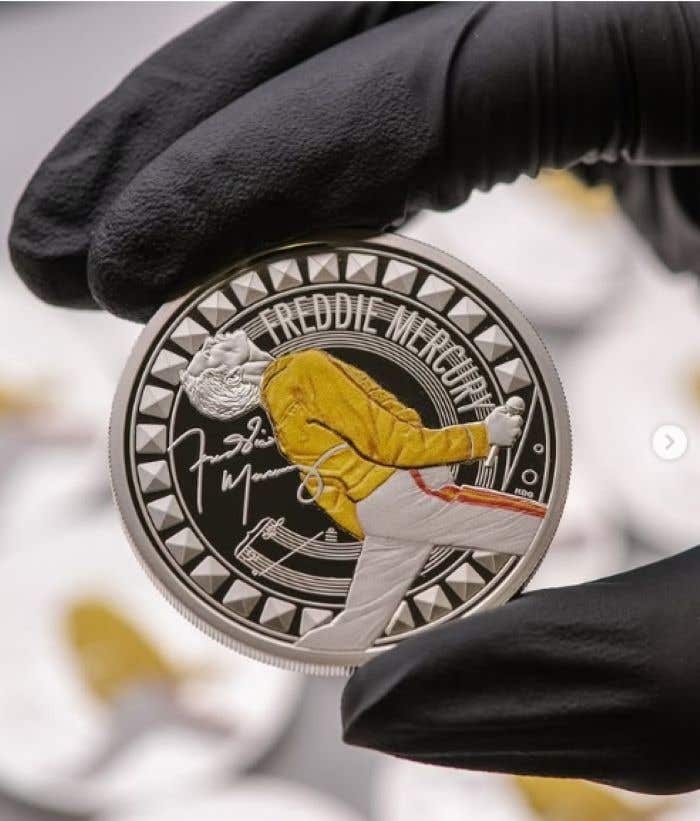Russia Stops Issuing One-Ruble Coins
Russia’s decision to halt the production of one-ruble coins will likely have little impact on daily transactions and the broader monetary system.
Inflation has not been kind to the Russian ruble. One ruble is currently valued at a single U.S. cent at official international exchange rates. As of October 25, Russia’s central bank estimated annual inflation to end 2024 at between 8–8.5%. This is a higher forecast than July’s 6.5–7% percent forecast.
It currently costs 135 rubles to purchase a McDonald’s Big Mac in Moscow. A carton of milk costs between 80 and 100 rubles. A carton of eggs costs between 70 and 100 rubles, while a loaf of bread is priced between 40 and 60 rubles. In other words, a single ruble isn’t worth much.
For that reason, the Central Bank of the Russian Federation recently decided that Russia will print paper ruble bank notes for cost-saving purposes rather than strike metal coins of the denigrated 1-ruble denomination.
According to a November 4 Oreanda-News report, “The central bank resumed printing 10-ruble and 5-ruble bank notes last year, as it is more profitable than minting coins of this denomination. The deputy called the regulator’s approach ‘correct’ and allowing to save money on production. He stressed that, according to the law, 1 ruble should also be in circulation, since it is the national currency.”
Officially, Russia uses coins in denominations of 1, 5, 10, and 50 kopeks and 1, 2, 5, and 10 rubles. There are 100 kopeks in 1 ruble. The Bank of Russia’s website indicates that 14% of the coins in circulation are of the 1-ruble denomination. Russian bank notes currently go as high as 5,000 rubles. The 5 rubles represent a mere 4% of all the notes in use, followed by the 10 rubles representing another 9%. About 38% of all bank notes in circulation are of the 5,000-ruble denomination.
The 1 and 5 kopek coins are composed of copper, nickel, and steel. The 10 and 50 kopeks are each made of brass, while the 1 and 2 rubles are composed of copper-nickel. Copper-nickel-clad copper is used to make the 5 rubles, while the 10-ruble coin is composed of brass-plated steel.
The paper from which Russian bank notes are made has red, green, and two-colored protective fibers, a metallic window thread, and latent color waves, and displays images of the note under ultraviolet and infrared light. Official notes circulate in denominations of 5-, 10-, 50-, 100-, 200-, 500-, 1,000-, 2,000-, and 5,000-rubles.
On July 15, 2024, the website Vyorstka announced that toilet paper printed to resemble Russian 1,000-ruble bank notes was on sale. A lawsuit was brought against the website in Moscow’s Preobrazhensky District Court, resulting in sales of the toilet tissue ceasing. The actual notes and the bathroom paper depict vignettes that include early Russian Orthodox saints, the chapel of the Yaroslavl Kremlin and Bell Tower, and the Church of John the Precursor in Yaroslavl.
Judge Yelena Lukina ruled that the paper “offends the religious feelings of believers. In a free democratic society, the dissemination of information materials of an unlawful nature capable of offending the religious feelings of believers cannot be protected by freedom of thought, speech, opinion, and information.”
Anatoly Aksakov is the head of the State Duma Committee on the Financial Market of the Russian Federation. According to Aksakov, “Small change is not particularly in demand among the population now. I see that many do not even take small change when they are given change. Life will show how appropriate it is to produce something that people are not interested in.” Aksakov continued that the central bank does not plan to devalue or reform the currency, emphasizing that the regulator “quite rigidly” controls the national currency’s stability.
While kopek denominations and the 1-ruble coin appear to be on their way out, the Bank of Russia has been offering an annual .999 fine gold 100-ruble “Saint George the Victorious” investment coin since 2021. The half-ounce coin depicts the imperial Russian double-headed eagle heraldry on the obverse, with an equestrian depiction of St. George the Victorious slaying a dragon on the reverse.
Russia is also considering legalizing stablecoins to simplify cross-border payments for Russian companies dealing in international transactions. Stablecoins are pegged to stable currencies or assets, including the U.S. dollar or gold, making such crypto assets less volatile than other cryptocurrencies.
You may also like:





